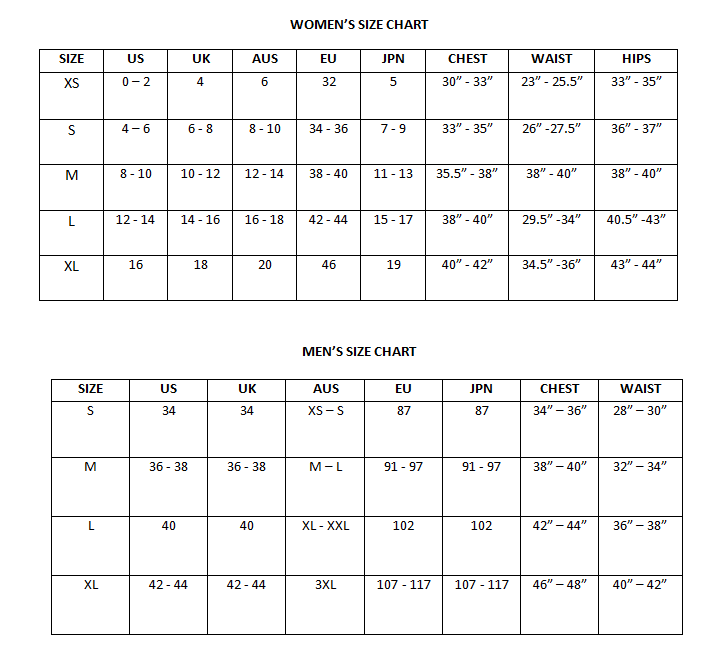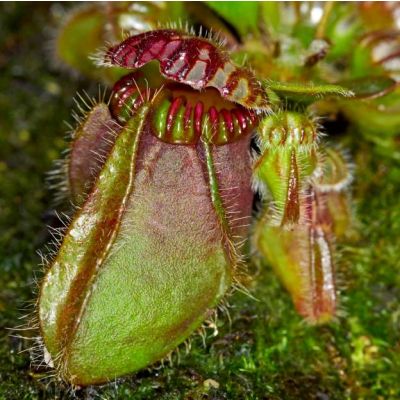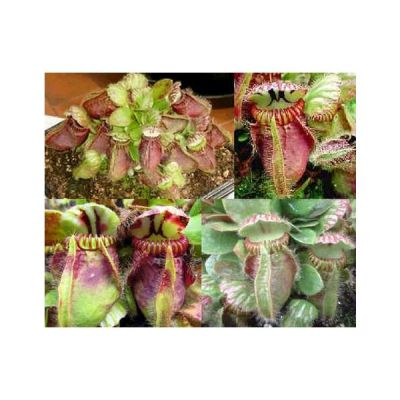Cephalotus Follicularis Seeds (Australian Pitcher Plant)
Cephalotus Follicularis Seeds (Australian Pitcher Plant)
There's no need to fertilize, as the plant relies on insects for food. Fertilizing will kill the plant.

Delivery
All orders shipped with UPS Express.
Always free shipping for orders over US $250.
All orders are shipped with a UPS tracking number.
Returns
Items returned within 14 days of their original shipment date in same as new condition will be eligible for a full refund or store credit.
Refunds will be charged back to the original form of payment used for purchase.
Customer is responsible for shipping charges when making returns and shipping/handling fees of original purchase is non-refundable.
All sale items are final purchases.
Help
Give us a shout if you have any other questions and/or concerns.
Email: contact@domain.com
Phone: +1 (23) 456 789
Availability: Out of stock
SKU
Cephalotus Follicularis
Cephalotus follicularis, commonly known as the Australian Pitcher Plant, is a unique carnivorous plant native to the southwest of Australia. This fascinating species is known for its striking, tubular pitcher-shaped leaves that trap and digest insects as a way to supplement its nutrient intake from poor, acidic soils.
The plant grows to a height of about 30 cm to 40 cm and produces specialized pitcher-shaped leaves that are green to reddish in color, often featuring a lid to prevent rainwater from diluting the digestive enzymes inside. The pitchers are highly effective traps for small insects, which are attracted to the plant by its sweet nectar and then become ensnared by its slippery interior surface. The plant uses enzymes to break down and absorb nutrients from the trapped prey.
Cephalotus follicularis prefers a humid, temperate climate and thrives in well-drained, acidic soils. It should be grown in a location that receives bright, indirect sunlight, as direct sun exposure can scorch its delicate leaves. The plant is sensitive to water quality, requiring distilled or rainwater for optimal health, as tap water with high mineral content can harm the plant.
This carnivorous plant is a slow grower, taking several years to reach its full size. It is best suited for cultivation in a terrarium, a greenhouse, or as an indoor plant in cooler climates. It is also a great addition to a collection of other carnivorous plants, as it shares similar care requirements with species like *Sarracenia* and *Nepenthes*.
Cephalotus follicularis is not only admired for its unique method of obtaining nutrients but also for its ornamental beauty. The plant's distinctive, colorful pitchers and unusual appearance make it an eye-catching specimen for any plant enthusiast or collector of carnivorous plants.
| Common name | Australian Pitcher |
|---|---|
| Species | Cephalotus follicularis |
| Germination | The seeds require 2 months cold stratification before sowing, directly on the surface of your moist but not soaked soil mix. Once it's time to take the seeds out of cold stratification, cover the top of the pot with clear plastic so the humidity will remain high, place them in an area with real nice strong light and keep the temperature around 21øC/70øF, 27øC/80øF. When you see some tiny plants starting to sprout, slowly open the top of the pot, a little each day, so that the new seedlings don't go into shock from the humidity being lowered too quickly. After cold stratification, germination usually occurs in 2 months, but it can be prolonged up to several months, depending on their degree of unbroken dormancy, don't give up. |
| Scarification / Stratification | It creates a cold and moist environment for the seeds. This will break their dormancy. Place the seeds on top of a prepared soil mix. The pot is then placed into a ziplock bag with approximately an inch of water on the bottom of the bag. Close the bag shut and place it into the salad crisper compartment of your refrigerator. Make sure to check the seeds often. If fungus or mold appears treat it with a fungicide. |
| Price View | Price Range |




